Lebanon / الجمهورية اللبنانية – Let’s explore here
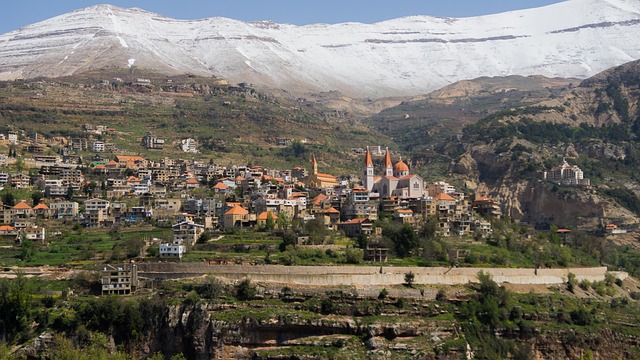
What’s it like in Lebanon?
Lebanon is a small but beautiful country in western Asia. The country has several sets of mountains surrounding the coastal plain. The highest point is Qurnat as Sawda’, in the north of the country, at 10,131 ft (3,088 m) above sea level.
It has a very long and rich history dating back many thousands of years. However its current borders were formed in 1926, after the fall of the Ottoman Empire. It shares its borders with Israel and Syria.
The population of Lebanon is around 5½ million people (2024), with about two million living in the metropolitan area around the capital city, Beirut. There are apparently more Lebanese people living outside of Lebanon than within the country.
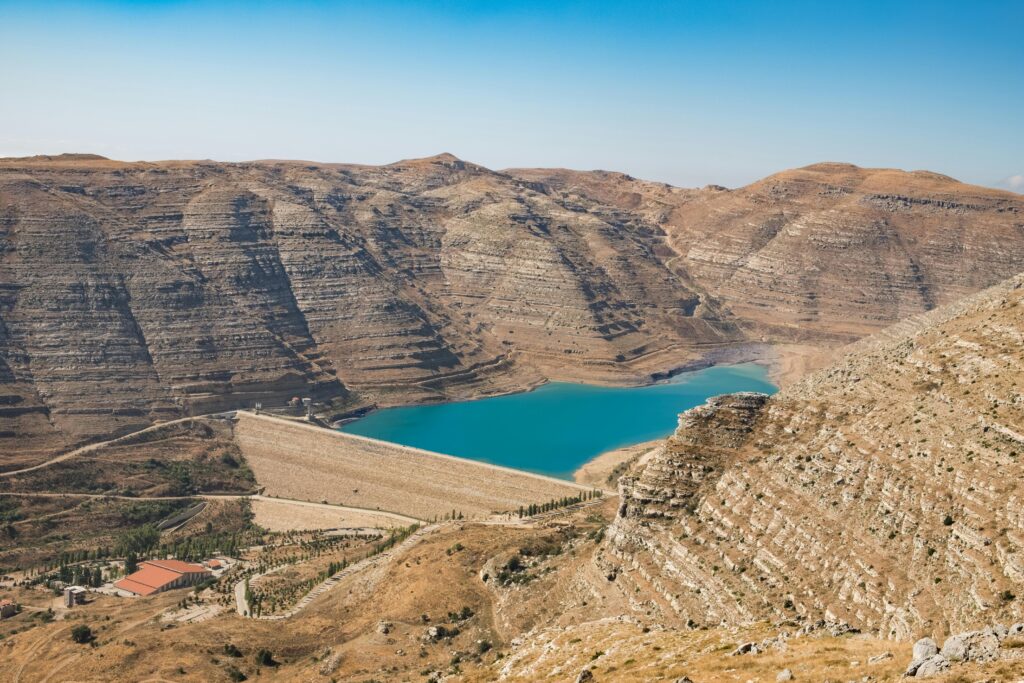
A bit about the history of Lebanon
Ancient History and Early Civilisations
Lebanon has a rich history dating back thousands of years, with its earliest known inhabitants being the Phoenicians, a seafaring people who established city-states such as Tyre, Sidon and Byblos around 3000 BC. The Phoenicians are renowned for their maritime skills, trade networks, and the development of one of the first alphabets, which influenced many later writing systems. They also built influential empires in the Mediterranean region.
Conquests and Foreign Rule
Over the centuries, Lebanon’s strategic location on the Mediterranean coast made it a target for various empires. It was conquered by the Egyptians, Assyrians, Babylonians and Persians. In 333 BC, the region fell under the control of Alexander the Great, and after his death, it became part of the Hellenistic Seleucid Empire. During the Roman period, Lebanon was integrated into the Roman Empire, and the city of Baalbek became an important cultural and religious center.
With the decline of the Roman Empire, Lebanon became part of the Byzantine Empire and later the Arab Caliphates after the Arab conquests in the 7th century. Under Islamic rule, Lebanon saw the spread of Arab culture and the dominance of the Druze and Shia Muslim communities, which still play a significant role in Lebanese society today.
Ottoman Empire and French Mandate
In the 16th century, Lebanon became part of the Ottoman Empire. Under Ottoman rule, the region was a semi-autonomous province known as Mount Lebanon, where Christian Maronite communities held a significant presence. This period saw relative stability, though tensions between different religious and ethnic groups sometimes flared.
Following World War I and the collapse of the Ottoman Empire, Lebanon came under French mandate as part of the League of Nations’ post-war agreements. The French Mandate lasted from 1920 until Lebanon’s independence in 1943. During this period, Lebanon’s modern borders were established, and the country began to develop its political and social structures. The French also promoted the Maronite Christian community, which would later have a significant influence on Lebanon’s political system.
Independence and the Lebanese Civil War
Lebanon gained full independence from France on November 22, 1943, with the formation of a new government. The country adopted a unique political system that sought to balance power between its various religious sects, including Maronite Christians, Sunni Muslims, Shia Muslims, Druze and others. The Lebanese National Pact, established in 1943, allocated political positions based on the sectarian composition of the population.
However, tensions between these groups, coupled with regional influences, began to destabilise Lebanon. In 1975, civil war broke out, lasting until 1990, as various factions, including the Palestinian Liberation Organization (PLO) and different Christian and Muslim militias, fought for control. The conflict was marked by significant violence and external intervention, particularly from Syria and Israel.
Post-Civil War Era and Syrian Influence
The Lebanese Civil War officially ended in 1990 with the signing of the Taif Agreement, which restructured Lebanon’s political system and redefined the power sharing arrangement between sects. Syria maintained a strong military and political presence in Lebanon throughout the 1990s and early 2000s, exerting considerable influence over the country’s politics. In 2005, following the assassination of former Prime Minister Rafik Hariri, large protests known as the Cedar Revolution led to the withdrawal of Syrian forces from Lebanon. This marked the beginning of a new phase in Lebanese politics, with increased calls for sovereignty and independence.
Modern Lebanon and Political Instability
Since the withdrawal of Syrian forces, Lebanon has struggled with political instability, sectarian tensions and economic difficulties. The country has faced frequent government deadlocks, with competing factions often unable to form a unified government. Lebanon’s economy has been heavily dependent on remittances from its diaspora, as well as tourism, banking and trade. In recent years, Lebanon has also faced significant challenges, including the 2006 Israel-Hezbollah war, a devastating explosion in the Beirut port in 2020, and the impact of the Syrian civil war. These events have exacerbated Lebanon’s political and economic crisis, leading to widespread protests and a growing sense of frustration among the Lebanese people.
Economic and Social Issues
Lebanon’s economy has struggled with high levels of public debt, corruption and poor infrastructure. The country also faces rising poverty, unemployment and a refugee crisis, with millions of refugees from Syria living in Lebanon. The Lebanese government has struggled to implement reforms, and many citizens have expressed dissatisfaction with the political system, which they believe benefits the elite at the expense of the general population. Despite these challenges, Lebanon remains an important cultural, financial and political centre in the Middle East. Its history of religious diversity, rich cultural heritage and resilience in the face of adversity, continues to define the nation today.

Lebanon road trip
Map of Lebanon
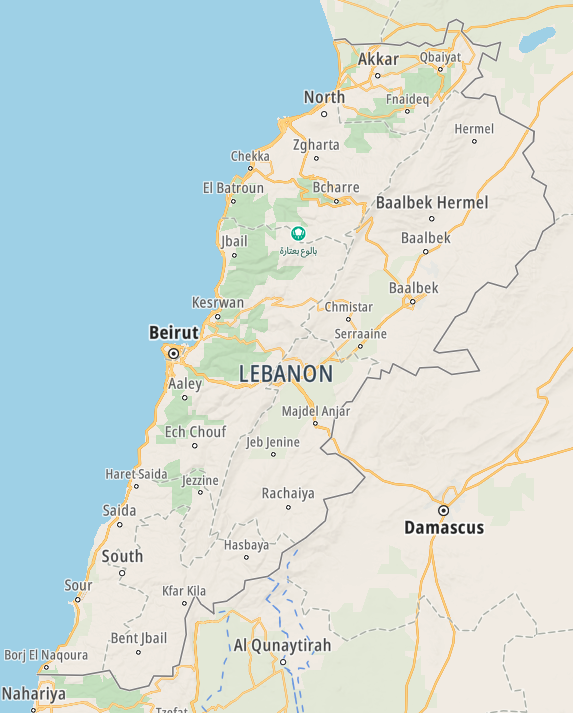
We haven’t finished pur planning for driving though Lebanon yet. When we do though, we’ll post it here, and in the blog.
Hopefully our journey will improve our knowledge of this intriguing and beautiful country, and enable us to meet some interesting people. We’ll be updating this page at that time – don’t forget to check back 🙂
What’s it like to drive in Lebanon?
They drive on the right hand side of the road in Lebanon. In the main, roads are quite poor, however many are unsurfaced dirt tracks. Driving standards are also quite poor.
Do you require an international driving permit in Lebanon?
We’ve created a dedicated page to driving abroad, which answers this question, and more, which you might find helpful.
Can you use your UK driving license when driving through Lebanon?
We’ve created a dedicated page to driving abroad, which answers this question, and more, which you might find helpful.
Do I need a carnet de passages to drive in Lebanon?
A carnet de passages is required to overland in Lebanon. We’ve created a dedicated page to driving abroad, which answers this question, and more, which you might find helpful.
Ferries to and from Lebanon
You can also travel from Tasucu, Turkey to Tripoli, Lebanon via ferry, although Medstar Ferry prices are very high for cars (2024).
What currency do they use in Lebanon?
In Lebanon they use the Lebanese Pound, although US dollars are also widely accepted. Cash is widely used. The use of credit / debit cards is widely accepted. Travellers cheques are not readily accepted. There are many ATMs in cities although fewer in more rural areas.
You should make yourself aware of the amount that your bank charges you for using credit and debit cards abroad. Often credit cards are cheaper for purchasing items directly, and for withdrawing cash from ATMs.
What language do they speak in Lebanon?
They speak Arabic in Lebanon, although we found that English is also widely spoken. French is also spoken, although to a lesser degree.
What time zone is Lebanon in?
Remember, when you’re planning your next trip to take a look at what time zone it’s in.
Do I need a visa to visit Lebanon?
We’ve created a dedicated, more comprehensive page on visas, which you should find helpful. Check it out!
Is wild camping legal in Lebanon?
Yes, wild camping is fine in Lebanon.
What plug / socket type do they use in Lebanon?
In Lebanon they use plug / socket types A, B, C, D and G.



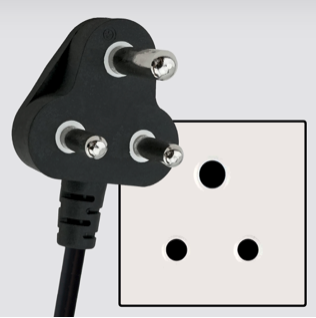
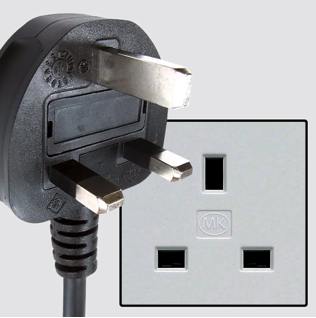
Health issues in Lebanon
Is it safe to drink water in Lebanon?
No, it is not safe to drink tap water in Lebanon. Bottled water is readily available throughout the country.
What vaccinations are required for Lebanon?
This NHS website is kept up to date with all relevant information on vaccinations in Lebanon.
Phones in Lebanon
What is the country calling code for Lebanon?
The country calling code for Lebanon is +961
What are the emergency phone numbers in Lebanon?
- The emergency number for police in Lebanon is: 999 / 112 / 160
- In Lebanon, the emergency number for ambulance is: 140
- The emergency number for fire in Lebanon is: 175
If you’ve got some useful info that you’d like to share, let us know!
And don’t forget to check out all the other pictures!
